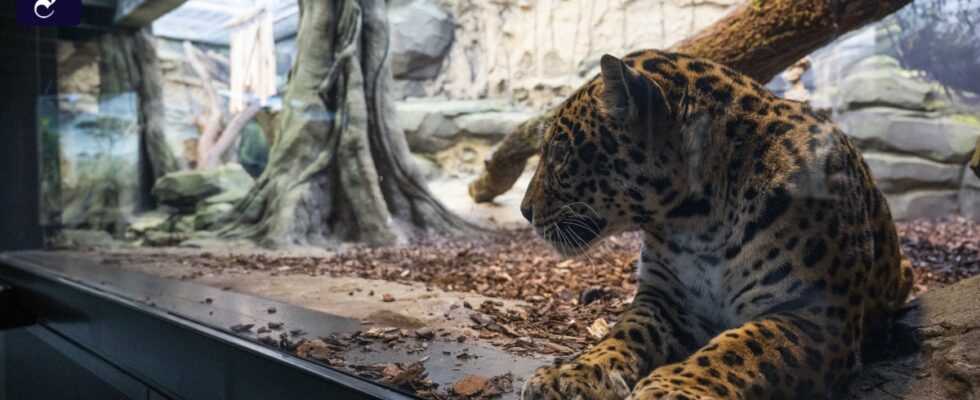Wamid Russian attacks on the Ukrainian capital of Kyiv, a major zoo in Demidov, 40 kilometers north of Kyiv, has appealed to create a safe corridor to support the animals. “We can’t get rhinos and giraffes out of there, and we don’t even have medicine to put them to sleep,” Mikhailo Pinchuk, the zoo’s spokesman, said recently, according to Unian agency. As the Russian attacks continue, the situation for Ukrainian zoos is getting worse.
Traumatized and malnourished animals
Like the animals in Demidow, zoos across the country are doing these days. In Kyiv alone there are twelve zoos with countless animals. In Germany, associations are now also collecting donations in kind in the form of pet food and money for feed. Both the Association of Zoological Gardens (VDZ) and the European Association for Zoos and Aquariums (EAZA) are making preparations for the admission of animals and discussing evacuation plans.
According to the associations, 10,000 euros have already been transferred to Ukraine to support the care of the animals. The head of EAZA’s Technical Assistance Committee, André Stadler, says: “We view the situation in Ukraine with extreme concern.”
According to Pinchuk, the animals at the zoo in Demidov near Kyiv are threatened with death from cold and starvation. So far, the animals have only survived thanks to a few helpers who distributed “leftovers of the leftovers”. There is an urgent need to get fuel and food into the zoos to keep the animals warm and feed them. EAZA is in contact with the Ukrainian Association of Zoos, which is supposed to redistribute the help in the country. “There are already individual rescue operations of zoo animals, although most zoos in Ukraine do not want to take them out of the country just yet. Above all, they need financial help to buy food and take care of the local animals,” says Stadler.
Read F+ now for two months free of charge and get access to all articles on FAZ.NET.
READ F+ NOW
According to Stadler, it is also important to think of the people who work in the zoos, from the animal keepers to the veterinarians to the directors. “We want to help our colleagues and the animals if possible. Financially and mentally at the moment, but when it comes to evacuation, we would help as much as we can.”
The Dutch animal protection organization “Stichting Leeuw” (“Lion Foundation”) announced at the weekend that two “severely traumatized” and malnourished lions and two tigers had been rescued from the Ukrainian war zone and housed in a Dutch sanctuary. The animals, aged between six months and five years, were picked up at the Polish-Ukrainian border on Friday evening, the organization said on Facebook. According to the information, the big cats may not have been fed for a week or two.
“We don’t know if she will survive”
The four animals have had a “difficult” journey, said organization leader Robert Kruijff. It is therefore still unclear where the animals in Ukraine came from. Animal rights activists are most concerned about a five-year-old female tiger. “We don’t know if she will survive,” Kruijff said. The four animals should initially remain in quarantine for a month in the sanctuary in the north of the Netherlands.
The ultimate goal of the big cats is said to be a reserve in South Africa. The tigers and lions have to regain their strength before that can happen, Kruijff said. Already at the beginning of March, several lions, tigers and other big cats were brought from the Ukraine to Spain and Belgium.
Basic criticism comes from the animal welfare organization Peta. Yvonne Würz, a spokeswoman for the organization, says: “Both people and animals are suffering. The animals are locked up in the zoos and have no way of getting themselves to safety. The zoo system is a problem: Exotic animals are locked up for life for human entertainment. What are the animals doing in the middle of a European capital?”
Peta is also active in the Ukraine, says Würz, but as far as the capital Kyiv is concerned, it is difficult or almost impossible to get relief supplies there – or to bring animals out of there.
